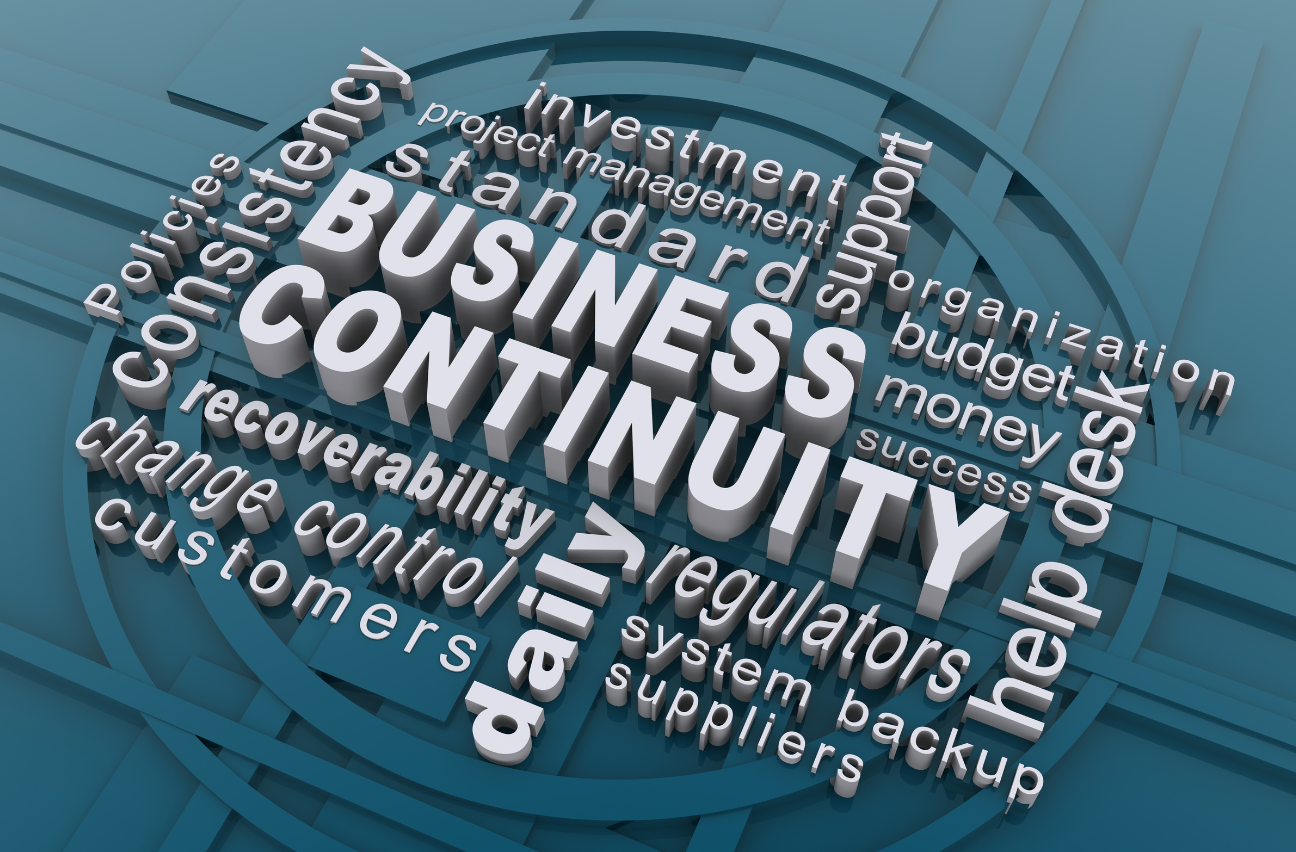BCP vs. DRP: Surviving the Business Apocalypse

Uncertainty lurks around every corner in today’s world, especially in the business operations realm. Fortunately, business continuity and disaster recovery plans stand as beacons of preparedness, which is why it’s crucial to decipher their nuances and understand how they intertwine to safeguard enterprises against unforeseen disruptions. Let’s delve into their definitions, differences, and why it’s a good idea to include them as part of your organization.
Understanding the Basics
Let’s start with the fundamentals. Business continuity (BC) and disaster recovery (DR) plans are both essential components of risk management strategies. While they share the common goal of ensuring organizational resilience, they address different aspects of preparedness.
Business Continuity Plan (BCP)
Picture this: a seamless flow of operations despite the chaos outside. That’s the essence of a business continuity plan. BCP focuses on maintaining essential business functions during and after a disruptive event. It encompasses strategies, policies, and procedures to sustain operations, uphold customer satisfaction, and preserve brand reputation in the face of adversity.
Disaster Recovery Plan (DRP)
Now, imagine a safety net that swiftly kicks into action when disaster strikes. That’s the role of a disaster recovery plan. DRP is a subset of BCP, primarily concerned with the IT infrastructure and data recovery processes. Its objective is to restore critical systems and data following a disaster, minimizing downtime, and mitigating financial losses.
Spot the Difference
While BCP and DRP might seem interchangeable at first glance, they diverge in scope and focus. BCP is holistic, encompassing not only IT but also personnel, facilities, and external stakeholders. It addresses the broader picture of business resilience beyond technology. On the other hand, DRP zooms in on technical aspects, prioritizing the restoration of IT systems and data integrity.
The Dynamic Duo
Individually, BCP and DRP offer significant advantages in mitigating risks. However, their true power emerges when they join forces. Together, they form a comprehensive continuity strategy that covers all bases – from people to processes to technology. By aligning business objectives with technical capabilities, organizations can navigate disruptions with confidence and agility.
Crafting Your Strategy
Now that we’ve dissected the anatomy of BC and DR plans, how can businesses tailor them to their unique needs? Here are some actionable steps:
1) Risk Assessment: Identify potential threats and vulnerabilities that could disrupt your business operations.
2) Business Impact Analysis: Determine the impact of these disruptions on critical functions, revenue streams, and reputation.
3) Developing Plans: Create comprehensive BCP and DRP documents outlining strategies, roles, responsibilities, and escalation procedures.
4) Testing and Training: Regularly test your plans through simulations and drills. Train employees to execute their roles effectively during emergencies.
5) Continuous Improvement: Adapt and refine your plans based on lessons learned from real-world incidents and changing business dynamics.
Partnering With a Trusted MSP
In today’s fast-paced business landscape, the ability to adapt to disruptions is not just a competitive advantage – it’s a survival imperative. Business continuity and disaster recovery plans provide the roadmap to navigate through uncertainty, ensuring operational resilience and safeguarding long-term success. Consider partnering with an MSP like Entre Technology Services. Our team has experience in preparing organizations across multiple industries to defend against the threats they encounter online every day. Here at Entre, we are guided by three core values that encapsulate our ethos: Embrace the Hustle, Be Better & Invest in Others. These values serve as our compass and are what guide our business model and inspire us to create successful and efficient solutions to everyday IT problems. Contact us for a free quote today!






